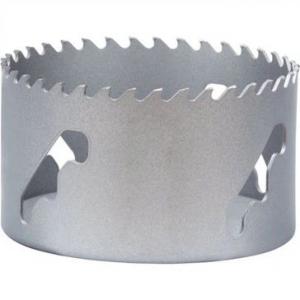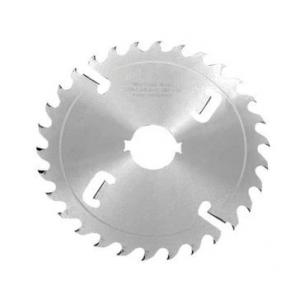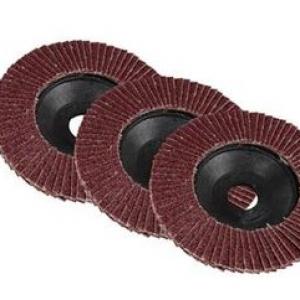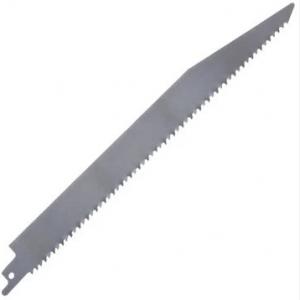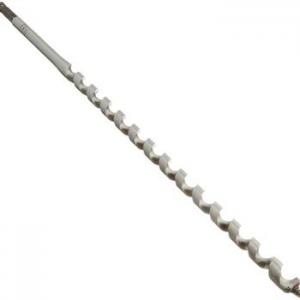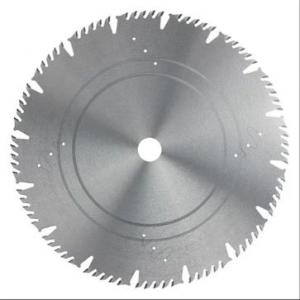Diamond Grit & Concentration – How to Match Parameters to Cutting Materials
The Foundation of Cutting Performance
Selecting the right diamond grit size and concentration is a science that directly impacts productivity and cost-efficiency. Whether slicing through granite, polishing marble, or tackling abrasive asphalt, these parameters dictate not just cutting speed but also blade lifespan and finish quality. A mismatch can lead to premature wear, excessive energy consumption, or even material damage—making this knowledge critical for both operators and procurement teams.
Grit Size: The Speed vs. Finish Trade-Off
Coarse diamond grit (40/50 mesh) excels in rapid material removal, making it ideal for rough cuts in concrete or asphalt. However, the aggressive nature leaves a textured surface. Medium grit (80/100 mesh) strikes a balance, often chosen for general-purpose granite cutting. For fine finishes on materials like marble or ceramics, fine grit (200+ mesh) becomes indispensable. The key is aligning grit size with both material hardness and the desired post-cut appearance—a blade that tears through quartzite may glaze over when used on softer limestone.
Cracking the Concentration Code
Diamond concentration—typically measured in carats per cubic centimeter (ct/cm³)—determines how many abrasive particles engage with the material. A 25-30 ct/cm³ concentration works well for hard, dense stones like granite, ensuring consistent diamond exposure. Softer materials like sandstone perform better at 20-25 ct/cm³ to prevent overloading. Real-world tests show that a 35 ct/cm³ blade cutting asphalt wears unevenly, as excessive diamonds reduce chip clearance and increase heat buildup.
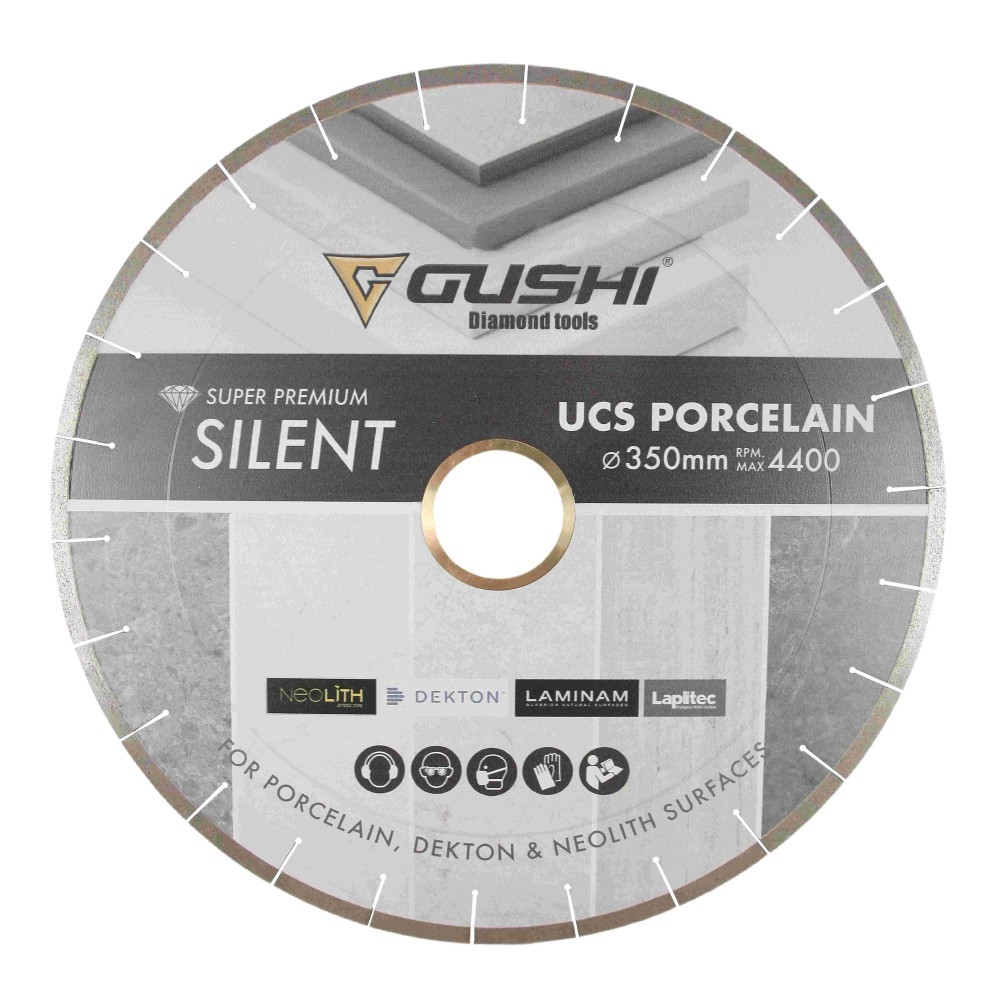
The High-Concentration Myth Debunked
Many assume that maxing out diamond concentration guarantees longevity. In reality, over-concentration (e.g., 40+ ct/cm³) can backfire. Densely packed diamonds inhibit proper chip evacuation, causing overheating and glazing. Case studies reveal that a 30 ct/cm³ blade often outlasts a 40 ct/cm³ counterpart in cutting reinforced concrete—the latter’s clogged segments generate friction that degrades the bond prematurely. Efficiency lies in optimal particle distribution, not sheer volume.
Material-Specific Pairing Strategies
For porous materials like limestone, a medium grit (70/80 mesh) with moderate concentration (25 ct/cm³) prevents segment loading. When processing ultra-hard composites (e.g., quartzite with resin), a fine grit (120 mesh) and higher concentration (30-35 ct/cm³) maintain cutting precision. Asphalt demands a unique approach: coarse grit (30/40 mesh) and lower concentration (20-22 ct/cm³) to accommodate its abrasive, sticky nature. These pairings underscore why one-size-fits-all blades fail in professional applications.
Smart Selection for Modern Challenges
Advanced materials like carbon-fiber-reinforced concrete or sintered ceramics are pushing blade technology further. Here, layered segments with variable grit sizes (coarse at the core, fine at the edges) or gradient concentrations are gaining traction. Such innovations highlight the industry’s shift toward adaptive solutions—blades that evolve their cutting behavior as they wear.
Your Shortcut to Precision: The Diamond Selector Tool
Navigating these variables can be daunting. Our Smart Blade Selector (link) simplifies the process: input your material, desired finish, and operating conditions to receive tailored grit/concentration recommendations. Backed by real cutting data from 1,200+ job sites, it eliminates guesswork—because in precision cutting, every parameter matters.




